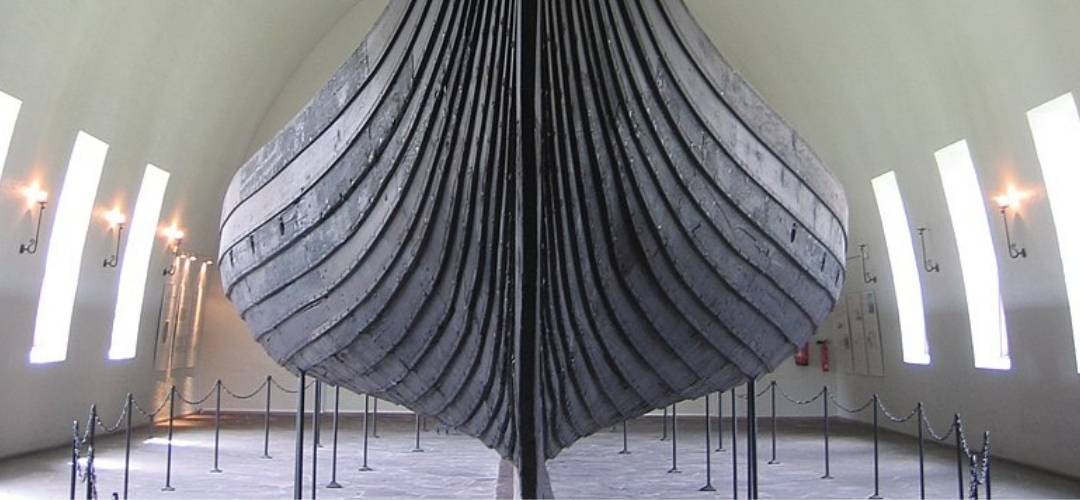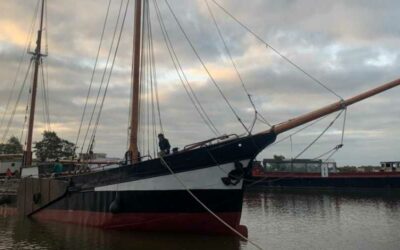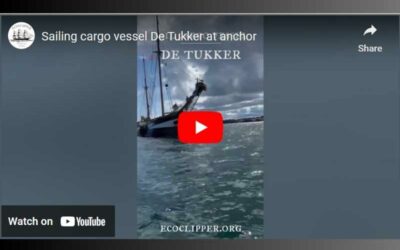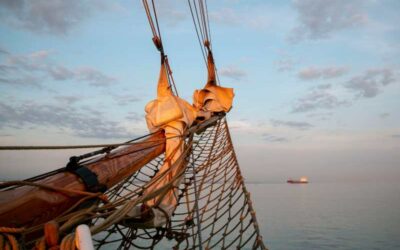Boatbuilding is the construction of vessels and their systems. Today sailing vessels, like the planned EcoClipper500, are predominantly built with modern materials such as steel. However, in the past, the main resources were natural materials. Humans have a rich tradition of boatbuilding and our ancestors developed various techniques and designs which are still used today.
Traditional boatbuilding methods
A common boatbuilding technique is carvel construction where planks are laid edge to edge and fastened to a robust frame. Other traditional boats and constructions include: rafts; coracles – light and shaped like a bowl; canoes; catamarans; and outrigger boats which are small boats with projecting structures mounted at the sides. One of the oldest and most recognisable boat building techniques is known as clinker-built, where the edges of the hull planks overlap each other.
Throughout history, clinker boats have had a multitude of uses from lifeboats to fishing vessels. And they are still used today. Clinker vessel design, however, was specifically developed in the Viking era. This blog will explore the relationship between the clinker boats and the Vikings.
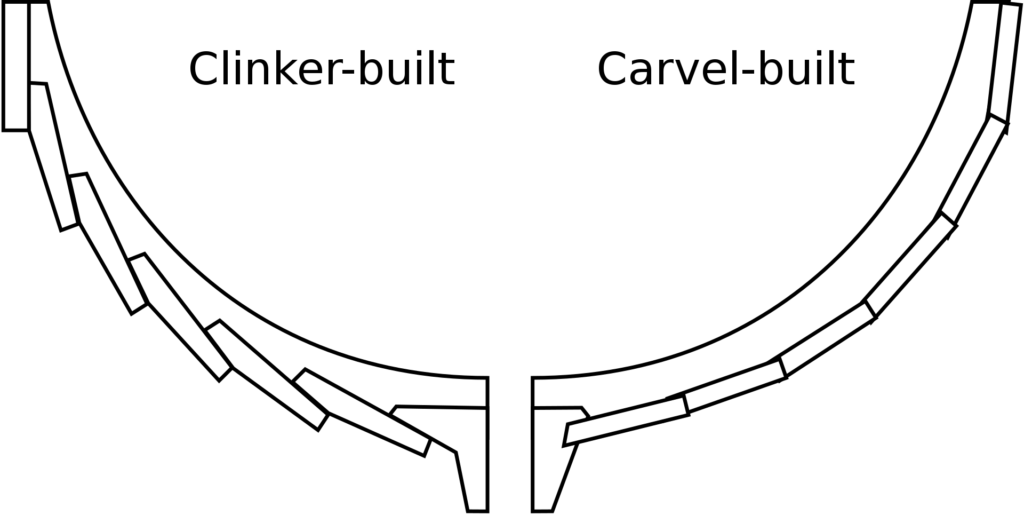
The Vikings
Civilizations used different kinds of vessels to help them explore and evolve. Clinker-boats were developed in Northern Europe by the Vikings, and they had a huge influence on boatbuilding from the late 8th to the late 11th century AD. The Vikings were expert sailors, navigators, brilliant ship designers and builders who upgraded and honed the clinker method of boatbuilding.

Types of Viking Boats
The Vikings designed different types of boats depending on usage – all of them were clinker built. One example is the knarr – a merchant ship designed to carry heavy freight. One of the largest knarr was 16.5 meters long and could carry up to 40 tonnes of goods. Another Viking clinker merchant ship was the byrding. This was designed to carry light freight. Byrdings were used for more difficult routes, where maneuverability and lightness were paramount, such as on rivers. The Vikings also used smaller boats for day-to-day life, such as fishing, ferrying people, goods, and spreading news from one settlement to another.
A well-known Viking ship is the longship. These were Viking warships and there were three types: Snekke, Drakkar, and Skeid. Longships were up to 30 meters in length, narrow and had up to 18 pairs of oarsmen. They also had one large sail, but were predominantly propelled by oars. Viking longships had shallow draughts – they could use them in shallow water and sail on rivers deep inland.
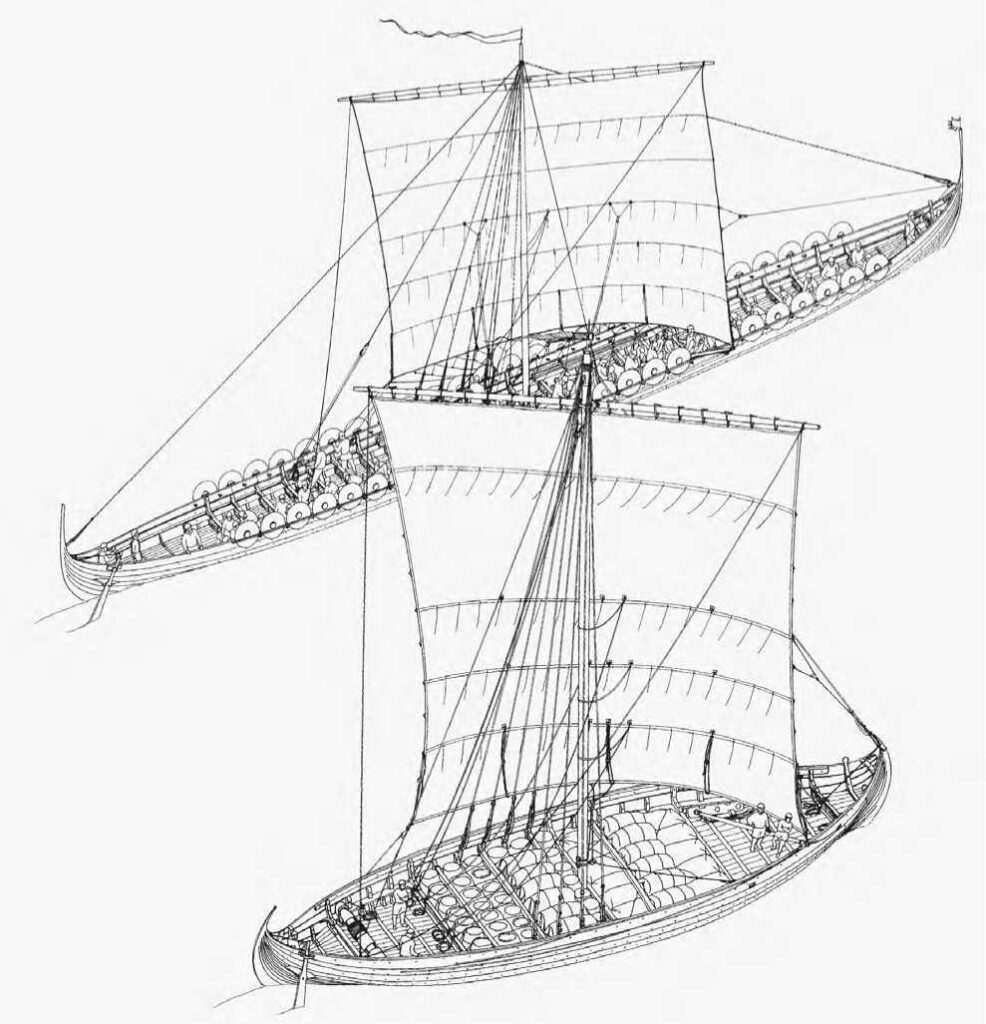
Why did Vikings use the clinker method for building boats?
The right wood is needed to build a clinker boat and the best timber is oak and pine – two tree types abundant in Northern Europe. Often, the timber was green i.e. used shortly after felling, because it is flexible and easier to work with. Viking boats needed to be light, maneuverable in rivers and shallow waters, and withstand fierce ocean storms. The clinker method worked well in these situations.
Viking Boats Today
There are now 13 original, preserved Viking ships in existence. Three are complete examples and can be found in the Viking ship museum in Oslo, Norway.
Other famous existing Viking ships can be found in the Roskilde Viking ship museum, Denmark. These include the five vessels discovered in 1962 in the waterway of Peberrenden at Skuldelev, now known as the Skuldelev ships. After further research it appeared that they had been intentionally sunk to blockade part of Roskilde fjord in the early 11th century AD. The largest Viking warship ever found is named Roskilde 6. It is over 37 meters long and on display alongside the Skuldelev ships.
The oldest preserved clinker-built boat is the Nydam Boat which was built in 320 AD. Whilst this places the vessel before the Viking era, it is clear that the spread of ideas and knowledge of this type of boatbuilding was vital to the advancement of the Viking clinker vessels.
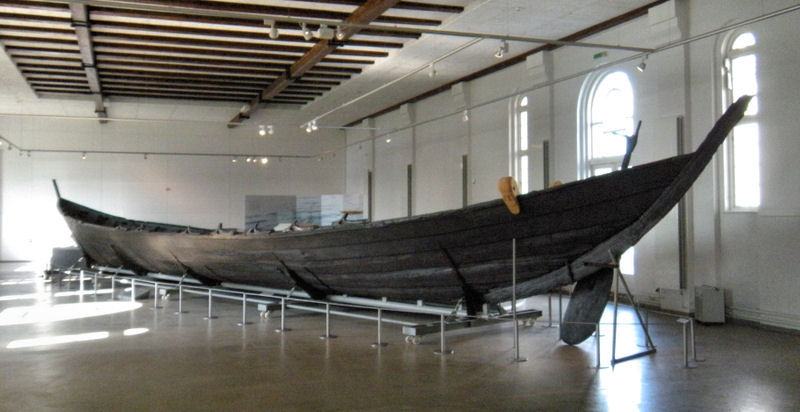
Clinker Boats Today
Education and information on how to build a clinker boat is widely available. Clinker boats are usually no more than six meters long and quite simple in terms of their structure. Boat building schools often teach clinker construction as it offers a variety of different traditional woodworking and boat building skills.
Clinker boat building is a tradition that has certainly left its mark. In 2021, UNESCO included Nordic clinker boat traditions on its intangible heritage list. The inclusion of Nordic clinker boat traditions as part of the heritage of humanity should lead to an increased focus on the preservation of the knowledge associated with the tradition, craftwork, and use of the clinker-built boat.
EcoClipper won’t be using the clinker technique for its ships. However, the importance of traditional skills and maritime knowledge is a significant part of the EcoClipper philosophy. The EcoClipper ships will have trainees on board with whom this passion and knowledge will be shared. Understanding the past is key to understanding the future.
